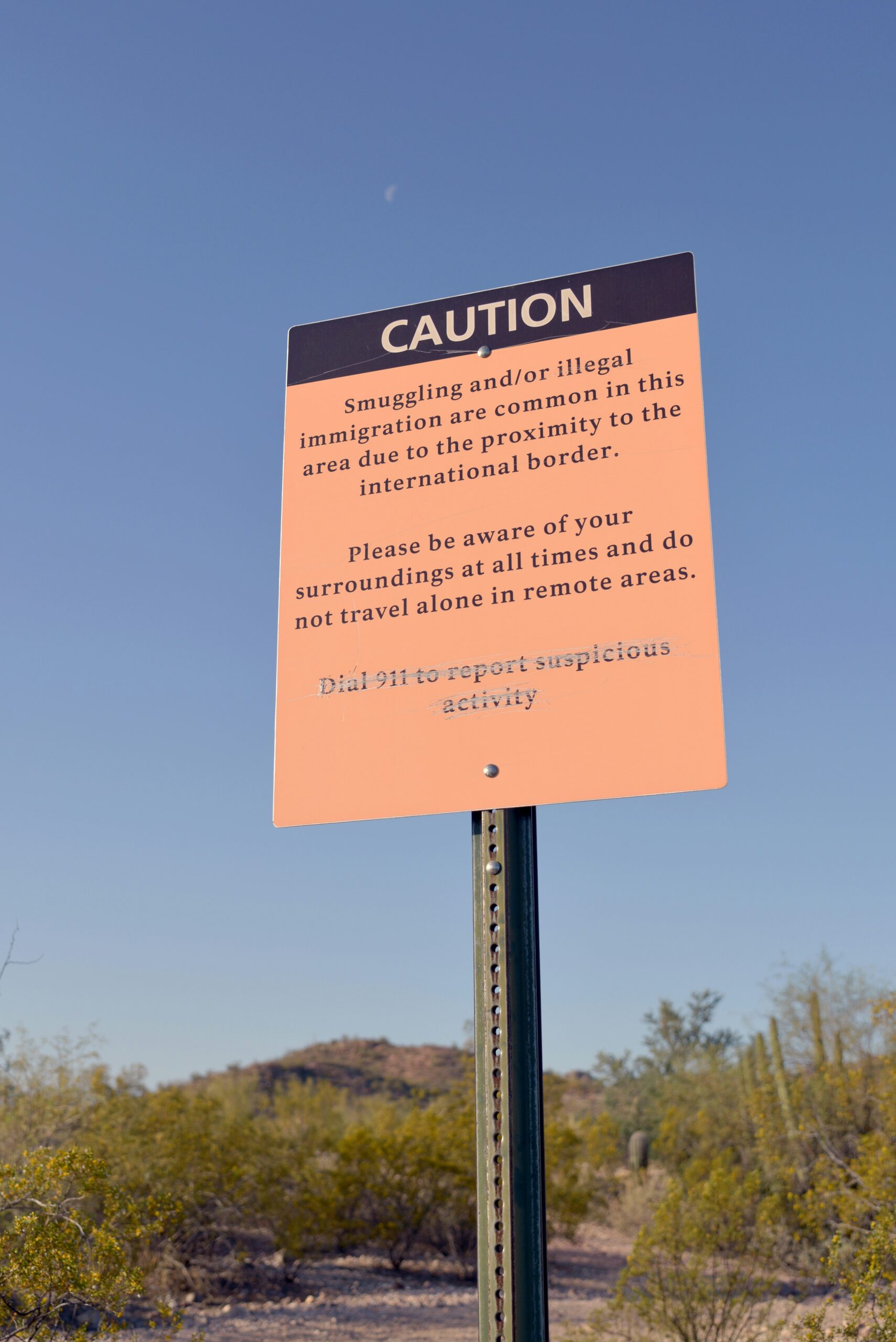Introduction to Canadian Immigratio
Canada has long been heralded as a prime destination for immigrants, attracting individuals from around the world with its robust blend of economic opportunities, quality healthcare, and superior education systems. Its reputation as a welcoming nation fosters a sense of inclusion and diversity, making it a suitable choice for those aspiring to start a new chapter in their lives.
One of the fundamental attractions of moving to Canada is the access to world-class healthcare. The country’s healthcare system is publicly funded, ensuring that all residents receive necessary medical services without incurring substantial out-of-pocket costs. Alongside healthcare, Canada boasts an excellent educational system, recognized for its high standards and accessibility. Educational opportunities in Canada extend from elementary levels to advanced research institutions, benefiting students and professionals alike.
Economic stability further enhances Canada’s appeal. The country enjoys a resilient economy characterized by diverse industries ranging from natural resources to technology, providing a broad spectrum of employment opportunities. Moreover, Canada has a high standard of living, supported by a robust social safety net, which amplifies its attractiveness as a destination for immigrants.
Canada’s inclusive immigration policies are another critical factor drawing global interest. The country offers various pathways to immigration, catering to different needs and circumstances. Programs such as the Express Entry System, Provincial Nominee Programs (PNPs), and family sponsorships provide structured avenues for those seeking permanent residency. Additionally, Canada maintains a progressive stance on immigration, regularly updating its policies to reflect the needs of newcomers and the country’s economic goals.
Furthermore, Canada’s multicultural landscape cannot be overstated. The nation’s commitment to diversity and inclusion ensures that immigrants can preserve their cultural heritage while integrating into Canadian society. This blend of cultural retention and societal integration creates a harmonious environment for newcomers.
As we delve deeper into the specifics of the immigration process, understanding these foundational benefits highlights why Canada remains an attractive prospect for immigrants worldwide.
Types of Canadian Immigration Programs
Canada offers a variety of immigration programs designed to attract individuals who can contribute to its economy and society. One of the most popular programs is the Express Entry system, which is designed for skilled workers. This program includes three categories: the Federal Skilled Worker Program, the Federal Skilled Trades Program, and the Canadian Experience Class. To qualify, applicants must meet specific criteria related to their education, work experience, and language proficiency.
Another important pathway is the Provincial Nominee Program (PNP). This program allows provinces and territories to nominate individuals who meet their specific economic needs. Each province has its own criteria and streams, targeting a range of skills and occupations. Successful nominees gain additional points in the Express Entry system, increasing their chances of receiving an Invitation to Apply (ITA).
Family sponsorship is a vital program for those seeking to reunite with their loved ones. Canadian citizens and permanent residents can sponsor their spouse, common-law partner, dependent children, and other eligible relatives. The sponsor must prove that they can financially support the sponsored person(s) and meet other requirements set by Immigration, Refugees and Citizenship Canada (IRCC).
Canada also provides opportunities for temporary residents, such as study permits and work permits. International students can apply for study permits to attend Canadian institutions, and may be eligible for the Post-Graduation Work Permit Program (PGWPP) upon completing their studies. This program can be a stepping stone to permanent residency. Meanwhile, individuals with job offers from Canadian employers can apply for work permits through programs like the Temporary Foreign Worker Program (TFWP) and the International Mobility Program (IMP).
Beyond these programs, Canada consistently updates and introduces new pathways to accommodate various demographics and skill sets. Understanding these primary channels is essential for anyone considering making Canada their new home.
Eligibility Requirements
When contemplating immigration to Canada, understanding the eligibility requirements is of paramount importance. Various factors play a critical role in determining an applicant’s eligibility, each contributing to the overall chances of success in the immigration process.
Firstly, age is a significant consideration. Generally, applicants aged between 18 and 35 score higher on the Comprehensive Ranking System (CRS), which is utilized to evaluate candidates in the Express Entry pool. However, individuals outside this age range can still apply, albeit with potentially lower scores.
Work experience is another pivotal criterion. Candidates are required to have at least one year of full-time skilled work experience or an equivalent amount in part-time experience. This experience must align with the National Occupational Classification (NOC) codes in managerial, professional, technical, or skilled trades positions.
Language proficiency in English and/or French is also critical. Applicants must take language tests, such as the International English Language Testing System (IELTS) or the Canadian English Language Proficiency Index Program (CELPIP) for English, and the Test d’Évaluation de Français (TEF) for French. High language proficiency scores, particularly in CLB (Canadian Language Benchmark) levels, can significantly improve the CRS score and the overall application profile.
Educational credentials are evaluated meticulously. Applicants need to have their foreign degrees, diplomas, or certificates assessed and equivalized with Canadian education standards via an Educational Credential Assessment (ECA) report. The higher the equivalized qualification, the better the prospects of a higher CRS score.
Financial stability is an indispensable aspect of the immigration process. Potential immigrants must demonstrate that they have sufficient funds to support themselves and their family upon arrival in Canada. The required amount varies depending on the size of the family, and applicants must prove access to these funds at the time of application.
In summary, meeting these eligibility requirements significantly bolsters the chances of a successful application. Prospective immigrants should thoroughly assess their profiles in relation to these criteria to navigate the Canadian immigration process more effectively.
Steps to Prepare for Your Application
If you are considering immigrating to Canada, it is crucial to prepare your application meticulously to enhance your chances of a successful outcome. This preparation involves several steps, each requiring specific documentation and attention to detail.
The first step in your Canadian immigration application process is to gather all essential documents. These typically include proof of work experience, which should be verifiable and detailed. Ensure that your work experience letters include key elements like your job title, duration of employment, duties performed, and employer details. These documents not only validate your professional career but also play a significant role in determining your eligibility for various immigration programs.
Next, you will need language test results. Proficiency in either English or French is mandatory for most Canadian immigration streams. You must take an approved language test, such as the IELTS for English or the TEF for French, and include the results in your application. High language test scores can significantly bolster your immigration credentials.
Another critical document is the Educational Credential Assessment (ECA). This assessment, conducted by designated organizations, verifies that your foreign degrees, diplomas, or certificates are equivalent to those in Canada. Submit your ECA report along with copies of your educational certificates to ensure your qualifications are recognized by Canadian immigration authorities.
Police clearances are also an integral part of your application. You will need to provide police certificates from each country you have lived in for six months or more since the age of 18. These clearances establish your admissibility to Canada by demonstrating that you have no criminal record.
Effective organization of these documents is key to a smooth submission process. It is advisable to create a comprehensive checklist and to maintain digital and physical copies of all documents. Arrange them logically and label each file clearly. Consider seeking professional advice or assistance to ensure that your submission meets all guidelines and requirements.
By following these steps and being thorough in your preparation, you will set a strong foundation for a successful Canadian immigration application.
Filing Your Application
Filing your application to immigrate to Canada involves a few strategic decisions and meticulous attention to detail. The process can be conducted through two primary methods: online and paper applications. Choosing the most suitable mode depends on individual preferences and specific situations.
Online applications offer significant advantages, primarily in terms of speed and convenience. These applications can be submitted virtually from anywhere, allowing you to avoid potential delays associated with mailing and handling paper documents. Furthermore, the online system often provides immediate validation checks, ensuring that all required fields are completed correctly, reducing the margin for error.
On the other hand, paper applications may be preferred by individuals who find it challenging to navigate online systems or who live in regions with limited internet access. Though potentially slower due to postal times and manual processing, paper applications still hold merit for those who may feel more secure with tangible documentation.
Regardless of the chosen method, accuracy and completeness of your submission are critical. One of the most crucial tips for ensuring a successful filing is to thoroughly review the guidelines and checklists provided by Immigration, Refugees and Citizenship Canada (IRCC). Cross-referencing these resources helps prevent omissions or errors that could delay or jeopardize your application.
Additionally, documentation should be organized logically, and each form should be filled out completely. It is also advisable to keep copies of all submitted documents for your personal records. Fee payment is another vital aspect of the process; ensure that applicable fees are paid correctly and receipts are saved, as proof of payment is often required.
Lastly, be mindful of submission timelines. Processing times can vary based on application type, so it is essential to submit your documents well before any important deadlines to avoid complications. Regularly checking the status of your application online, if possible, can provide updates and peace of mind during the waiting period.
The Waiting Period: What to Expect
After submitting an immigration application to Canada, applicants often find themselves in a period of waiting that can bring both anticipation and anxiety. Understanding what to expect during this waiting period can ease some of the uncertainties and help applicants remain prepared and informed. Generally, wait times vary depending on the type of immigration program, the completeness and accuracy of the submitted documents, as well as the volume of applications being processed at any given time.
The initial stage after submission usually involves completeness checks, where immigration officers review your application to ensure that all required information and documentation have been provided. If everything is in order, your application will proceed to the next stage; if not, you may receive a request for additional information. It’s crucial at this point to respond promptly to any such requests to avoid delays.
Applicants can monitor the status of their immigration application through the online application portal provided by the immigration authorities. Regularly checking the portal ensures you stay updated on any changes or additional steps required. You may also receive email notifications about updates, so maintaining accurate and up-to-date contact information is essential.
Several stages are involved in the review process, including eligibility checks, medical examinations, and security background checks. Each of these stages comes with its own timeline and requirements. It’s beneficial to familiarize yourself with possible documents or actions needed at each stage to be fully prepared.
Maintaining open lines of communication with immigration authorities is vital throughout this period. If you move to a new address, get a new email, or have any other significant changes in your situation, promptly updating your contact details with the immigration office will help ensure you receive all notifications in a timely manner.
Being prepared for potential additional requests and patiently waiting for the process to unfold are key components of navigating the waiting period successfully. Equipped with this knowledge, applicants can better manage their expectations and maintain a proactive stance during this critical time.
Arriving in Canada
Having successfully obtained approval for your immigration application, the next stage entails meticulous planning and execution. Pre-arrival preparations are crucial to ensure a seamless transition into Canadian society. Begin by securing accommodation ahead of your arrival. Investigate various housing options online, connect with local real estate agents, or seek assistance from Canadian newcomer organizations to avoid last-minute hassles.
Understanding customs and immigration procedures at the point of entry is equally essential. Upon arrival, you will be required to present your passport, visa, and Confirmation of Permanent Residence (COPR) document to the Canadian Border Services Agency (CBSA) officers. Be prepared to answer questions regarding your stay and provide the necessary documentation for any goods you are bringing along to settle permanently. Familiarizing yourself with CBSA regulations can significantly streamline this process.
Integration services play a pivotal role in helping newcomers acclimate to their new environment. Canada offers a wealth of resources, ranging from language classes to employment assistance programs, all designed to support you during your initial days. Engage with local immigrant-serving organizations to gain insights on adjusting to Canadian life, understanding your rights and responsibilities, and accessing community services.
To facilitate a smooth transition, it is advisable to immerse yourself in various aspects of Canadian society. Understanding cultural norms, public transportation systems, and local amenities can greatly enhance your adjustment period. Additionally, establishing a bank account, acquiring a health card, and obtaining a Social Insurance Number (SIN) should be prioritized to ensure compliance with legal requirements and to access essential services.
Adapting to a new country can be challenging, but thorough preparation and a proactive approach can help mitigate potential obstacles. Embrace the opportunities available to integrate successfully into Canadian society, fostering a rewarding and enriching experience for you and your family.
Settling in Canada: Tips for New Immigrants
Successfully settling in Canada involves several steps, each of which can significantly ease the transition. Finding employment is often a primary concern for new immigrants. It is advisable to begin by utilizing resources such as job search websites, recruitment agencies, and settlement services that offer employment support. Networking can also play a crucial role, so attending industry events, joining professional associations, and leveraging any existing connections can lead to job opportunities.
Accessing healthcare is another essential aspect of settling into Canadian life. New immigrants should apply for a provincial or territorial health card as soon as possible to avail themselves of Canada’s public healthcare system. Each province has its own process, and there may be a waiting period. In the meantime, it might be prudent to acquire private health insurance to cover any immediate medical needs.
Education is also paramount, particularly for families with school-aged children. Canada offers robust educational opportunities from elementary to post-secondary levels. Enrolling children in school is conducted through local school boards, and community resources are available to assist with this process. For adults, many community colleges and universities offer programs to upgrade skills or gain Canadian qualifications, which can be particularly beneficial for improving employment prospects.
Understanding Canadian laws and rights is vital for all new residents. Familiarize yourself with the Canadian Charter of Rights and Freedoms, which ensures fundamental freedoms and fairness. Local legal aid services can provide guidance on these aspects, often free of charge. Pertinent laws include labor rights, tenancy regulations, and civic responsibilities, which are crucial for informed community participation.
Integration into the community can significantly enhance the immigrant experience. Canada is home to a diverse array of cultural organizations that support new immigrants. Language classes, offered by both community centers and private institutions, can greatly aid in overcoming language barriers. Participating in community events, volunteering, and joining local clubs can create a sense of belonging and establish valuable social networks.
Various resources are available to support new immigrants. Government and non-profit organizations provide settlement services, mentorship programs, and counseling to help immigrants navigate their new environment. Utilizing these resources can make the process of settling in Canada smoother and more manageable.





